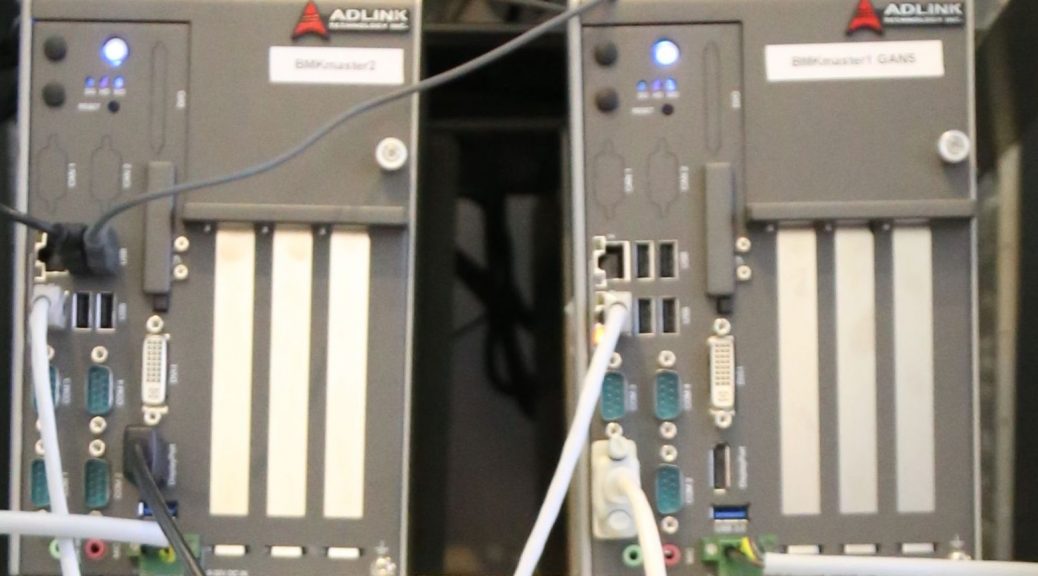The data volume is driven by the total number of fields times the number of exposures times the filters per field divided by the field size of the CCD. In a single filter, and during optimal time in the year, we can do the entire PLATO FOV within one night.
Therefore, our default is a single-filter operation at the time being. Then, we can afford a (field) overlapping factor of nearly 30%. With a total of 60 pointings by BMK10k, and three exposures per pointing (200s, 60s, and 10s), and additionally ≈50 calibration images per night during twilight, the nightly data rate sums up to approximately 230 CCD frames for an “ideal” night and takes approximately 8 hours. Each frame requires a disk space of 223 MB and we thus expect ≈50 GB per night at maximum. The full visibility season of the long-pointing field is approximately 1300 hours and the expected data volume per observing season is then at most ≈9 TB without compression given the expected “open roof” probability.
Two-times lossless compression makes this a data-generation rate of at most ≈1.8 MB/s for 1300 hours. This is thus the minimum bandwidth required for continuous data transfer. The entire data-transportation chain consists of the transfer
- from the CCD controller’s computer azcam PC to the main site computer bmkmaster,
- from bmkmaster to the local data archive NAS (tbd) and,
- from bmkmaster to the processing computer in Potsdam.
Above average data rate appears no problem for a standard 1000Base TX ethernet link for local transfer.

